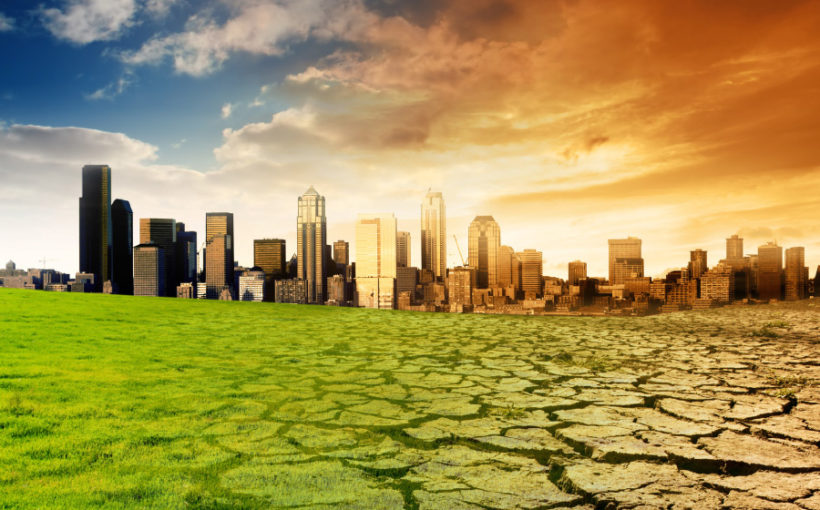According to the Bureau of Meteorology (BoM), spring 2014 was Australias hottest spring on record. The average temperature at the time and the national maximum broke records with an average temperature of 1.67 Celsius above the average.
Hottest spring highest temperate for over 100 years
Based on the data gathered by the Bureau of Meteorology, Queensland state-wide maximum, minimum and average temperatures for November 2013 were the highest ever recorded in more than a hundred years, with over 40% of Queensland experiencing the highest maximum temperature for November ever on record. Longreach in particular had 13 days equivalent to or higher than 40 Celsius for the month, and it definitely made a very severe impact to the population.
Climate Councillor Lesley Hughes said, “almost the entire continent was affected by above average temperatures over the past three months.” It was not just some parts of Australia but in fact, nearly all of it.
Hottest spring on record linked directed to climate change
She adds, “It is clear that climate change is having a significant impact on Australia’s temperatures – the hottest spring and its record breaking temperature is becoming more frequent and more severe. “Nine of the ten hottest spring temperatures have occurred in just the last thirteen years.”
NSW roasted through Spring and there were a series of very hot days in November which pushed temperatures even further up and caused energy bills to rise considerably.
In September, Sydney also had two days straight that reached 32 Celsius, which was also the earliest for the area. The temperature continued to go up in November with maximum temperatures reaching 4.06 Celsius above the average in NSW.
October was the hottest on record for Western Australia, with average maximum temps going between 2 to 4 degree Celsius warmer than what was considered normal in the state, while South Australia also witnessed its driest and hottest October on record.
All over South Australia, the maximum temperatures for October reached 4.1 Celsius over the long term average. Canberra was not spared either. In November, 25 days went at least 25 Celsius here, and they were the warmest for the month.
“Heatwaves are becoming hotter, lasting longer and occurring more often,” noted Prof Hughes. “This is resulting in year after year of record breaking temperatures, which increases the risk of bush fires, droughts and heatwave related health issues.”
Rapid changes in temperature have resulted global action
Due to the rapid change in temperatures, superpowers like the United States and China have announced measures to reduce carbon emissions and adopt renewable energy.
Experts have predicted that unless countries like Australia follow in their footsteps, climate change would persevere and get worse. Australia should join the entire world to work hand in hand to take the necessary steps to stop climate change.
According to Hughes, it should start by announcing post-2020 emission reduction goals when the entire world will be in Lima for the UN climate summit. The professor adds, “We risk more record-breaking Springs like the one we’ve just been through if we don’t.”
Australia’s hottest springs will only get hotter unless something will be done to stop further damage to the environment. Hopefully with the implementation of better renewable energy guidelines, this will be controlled.
Originally Published on Australian Solar Quotes:



Leave a Reply